The State Herbarium of South Australia published three articles in Vol. 36 of its journal Swainsona today, 22 July 2022.
(1) T.A. Hammer, Inadvertent lectotypifications of Australian Dillenia and Tetracera (Dilleniaceae) (100kb PDF).
In this Short Communication, Tim Hammer (State Herbarium of South Australia & The University of Adelaide) clarifies the types for two species of Dilleniaceae: Dillenia alata (R.Br. ex DC.) Banks ex Martelli and Tetracera daemeliana F.Muell. In both cases, a lectotype was chosen inadvernetly by R.D. Hoogland, i.e. he did not explicitely designated the type specimens in his publications as lectotypes, but according to Art 9.10 of the International code of nomenclature for algae, fungi, and plants (ICN) his listing of a “type” specimen is interpreted as lectotypification.
(2) O.K. Paul & J. Kellermann, A new species of Quintinia (Paracryphiaceae) and an overview of the genus for New Guinea (3.2mb PDF).
Botanist Oliver Paul from the Papua New Guinea National Herbarium and State Herbarium of South Australia staff member Jürgen Kellermann publish an overview of the enigmatic tropical genus Quintinia for New Guinea, lectotypify several names and also describe a new species, Q. macrophylla. Over the years, the genus has been assigned to several different plants families: Saxifragaceae, Escalloniaceae, Grossulariaceae or to its own family Quintiniaceae. Molecular data now place it into Paracryphiaceae. Quintinia species are small to medium-sized shrubs or trees, growing from lowland rainforests to high montane moss forests. A world-checklist of Quintinia is also appended to the paper: The genus is most species-rich in New Guinea (13 spp.), but is also distributed in New Caledonia & Vanuatu (6 spp.; see Pillon & Hequet 2019), Australia (4 spp.), New Zealand (1 sp.) and Mindanao (Philippines) & Sulawesi (Indonesia) (1 sp.).
(3) T.A. Hammer, Two new cremnophilous Hibbertia (Dilleniaceae) species from the Northern Territory (2.2mb PDF).
The author describes to species of Hibbertia, which are mainly occurring in Kakadu National Park, Northern Territory. Both species have been known as phrase name taxa for several years: The new species Hibbertia pendula was known as Hibbertia sp. South Magela and H. scopulicola was known as Hibbertia sp. Mount Howship. Both taxa grow in sandstone gorges, hanging from fissures in cliff faces.
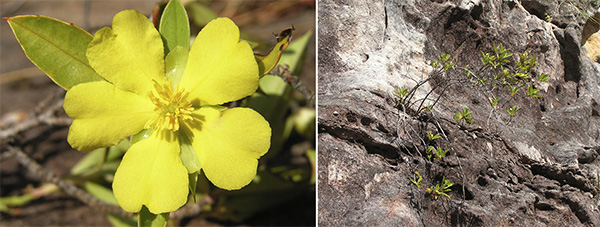
The new species Hibbertia scopulicola growing on a cliff face in a gorge in the Wellington Range. Photo: D.E. Murfet.
To access content of all volumes of Swainsona and the Journal of the Adelaide Botanic Gardens since Vol. 1 (1976), please visit the journal’s web-site at flora.sa.gov.au/swainsona or the Swainsona back-up site.

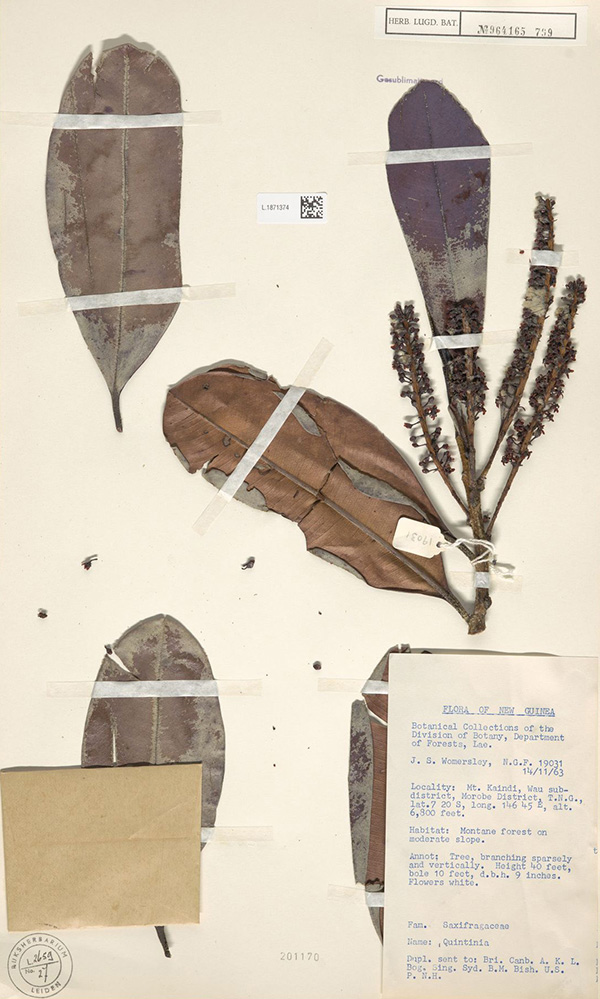
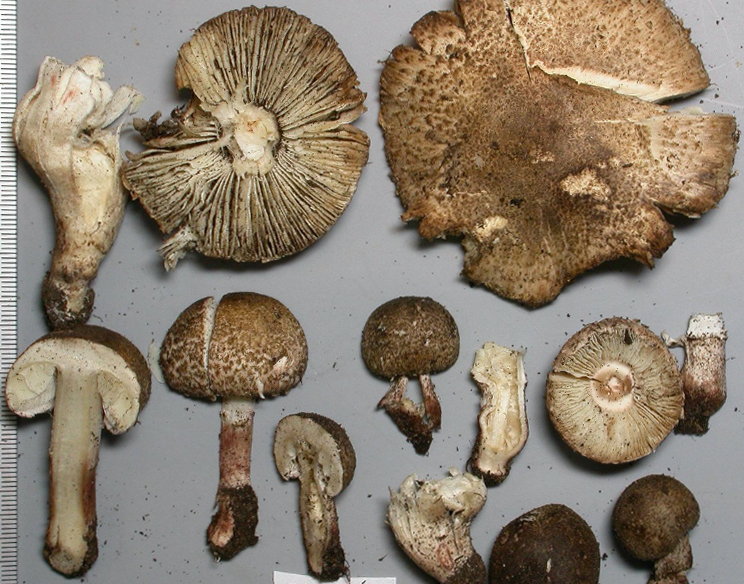
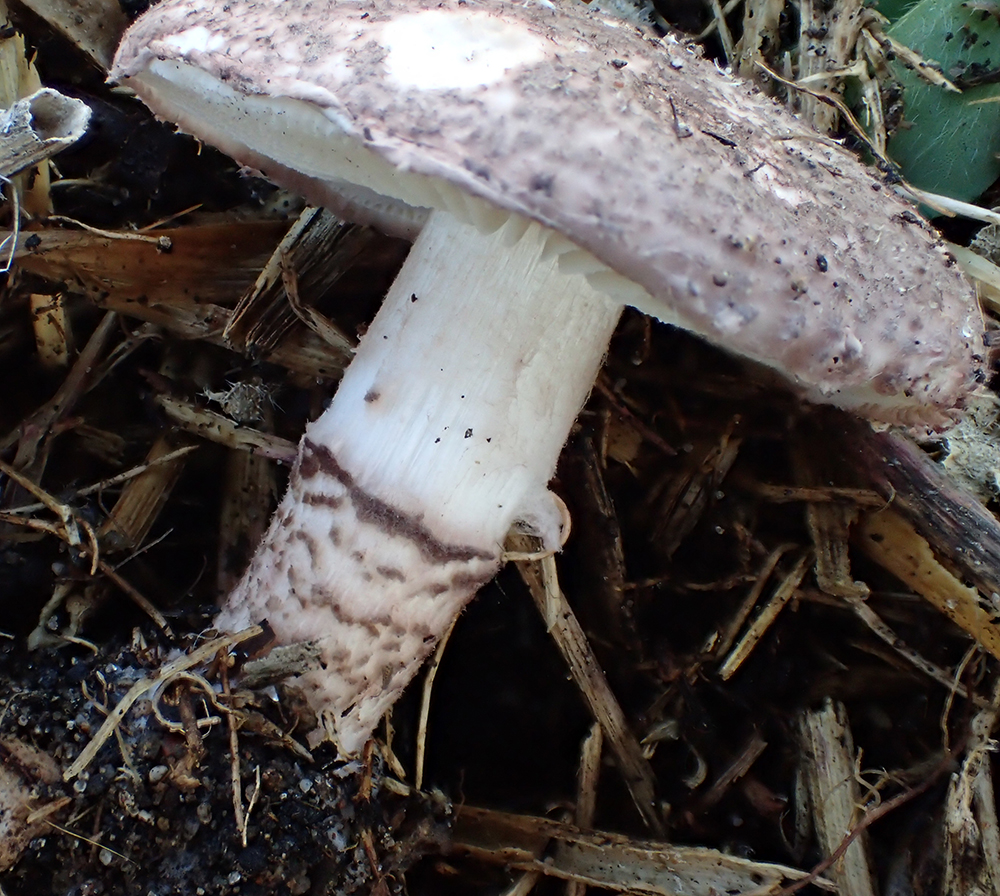


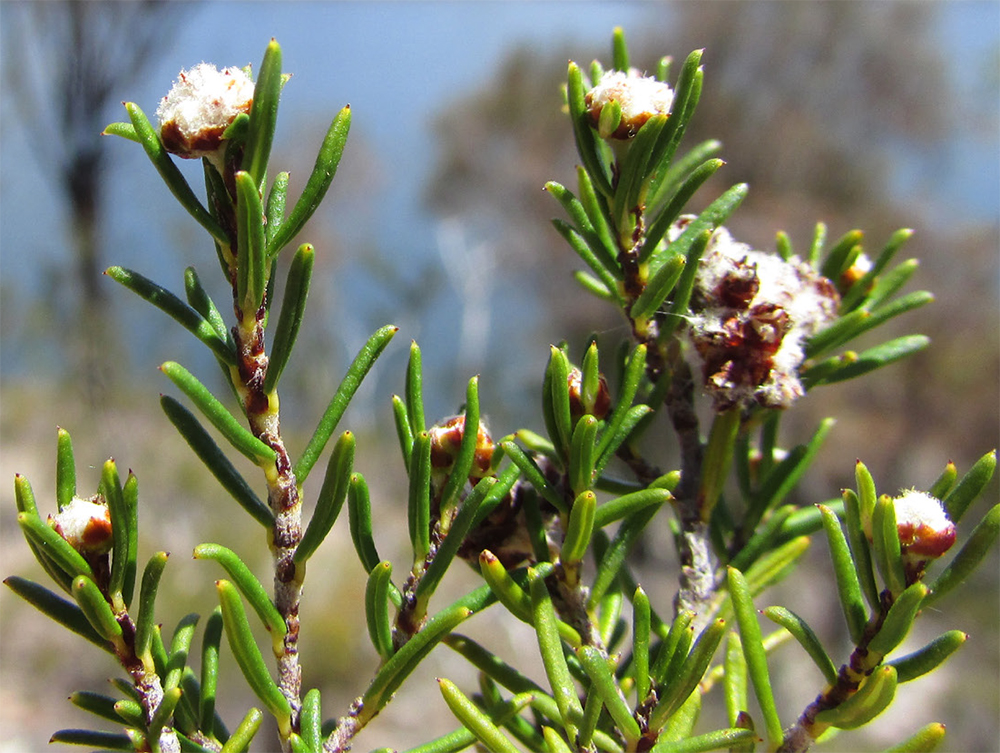






You must be logged in to post a comment.